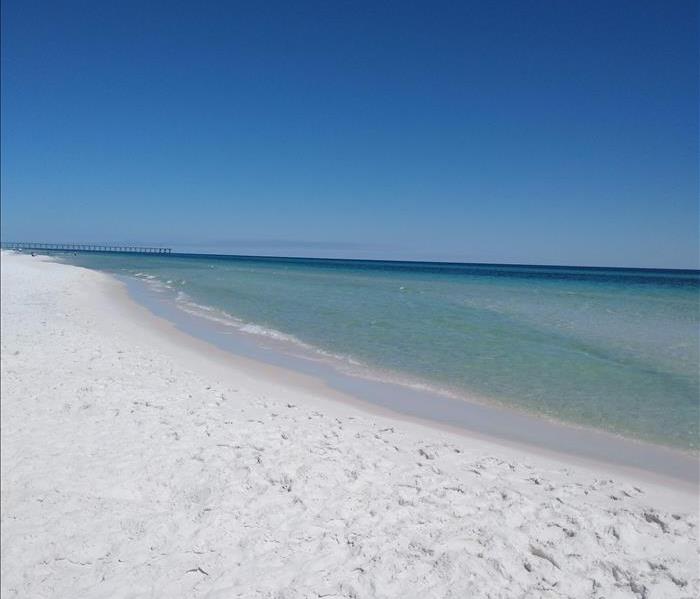Pensacola Florida
2/15/2022 (Permalink)
The history of the City of Pensacola begins much before the Spanish first laid claim to the land in 1698. Thousands of years ago, the area was inhabited by Native Americans. The area was largely unpopulated, except for the Creek people who frequently visited the area and traded with the Creek people of present-day southern Alabama and Georgia. The Pensacola area was a popular hunting and fishing location for these people.
Spanish settlement in Florida ended in 1763, but the British continued to settle in the area. The city became the capital of the new colony, and in 1763, the British strengthened the defenses surrounding Fort San Carlos de Barrancas. The British installed the Royal Navy Redoubt and appointed George Johnstone as the first governor. The colonial assembly was formed in 1764, and George Johnstone became the first British Governor.
In the seventeenth century, the area was first called "Panzacola" by the Indians, but its name was later changed to Pensacola to make it easier to pronounce. By the 1680s, the area was referred to as "Panzacola" by the Spanish king. In 1757, the Spanish king affirmed the city's name as "Panzacola." While the city's roots in the ancient Native American culture are still evident, Pensacola has many African American influences.
The city's history is rich and varied. The Spanish and French settlers arrived in 1785 to trade in Pensacola. During the 18th century, Pensacola began to develop as a major trade center, and the town became a garrison town. The population was predominantly male. The American government made raids into the area and the settlers pressed the federal government to take control of the area. Today, there are numerous historical buildings and monuments in the city.
A large wedge tornado struck northwest Pensacola in 2016. The city's history is rich in history. The Spanish and French immigrants left their mark on Pensacola's culture. However, the city's culture is difficult to describe in simple terms. Its unique blend of Spanish, English and German influences reflects its diverse ethnicity. While the city's ethnic groups are small, it does have a strong Jewish community.
The history of Pensacola is rich and diverse. There are many historic buildings and festivals throughout the year. The Pensacola Crawfish Festival has been held for nearly 30 years in the downtown area. The Great Gulfcoast Arts Festival draws over two hundred artists each year. The Children's Art Festival is an annual event that features the work of local schoolchildren. During the winter, the city is also home to the renowned Pensacacon comic book convention.
The city is home to a diverse population. Its residents are diverse and come from a variety of backgrounds. The area's population was founded in the 16th century and was the first European settlement in the United States. Its current demographics are very diverse. A majority of the city's residents are Hispanic, but the number of white residents is relatively low. Almost half of the population is Black, but there are several minority communities.
The Pensacola MSA has approximately 402,000 residents and is home to two-thirds of Pensacola's zip codes. The city is also home to a number of community organizations. The Human Resources Department provides employment and benefit services, and the Innovation & Technology Department develops and administers policies. The neighborhood administration department coordinates the city's public parking, and the blue PARKPensacola signs identify the sites. There are no private facilities in the area.
The city's magazine is the City's monthly glossy publication. The Northwest Florida Business Climate is the only business magazine devoted to this region. The Pensacola News Journal publishes Home & Garden Weekly and Bella, two magazines of the city. Its newspapers are a great source of information and entertainment. Its history dates back to the 16th century. The first settlement in Pensacola is in the middle of the Mississippi Gulf Coast.
The City of Pensacola has a rich history. The area was once a Spanish outpost called San Miguel. The city later became a public square under British rule. The Saenger Theatre was built in 1925 with remnants of the Pensacola Opera House, which was destroyed by hurricanes in 1917. Moreover, the town is home to several hospitals. The main hospital is located in the center of the city.
Driving Directions From City of Pensacola To SERVPRO of West Pensacola
Map of City of Pensacola
Video of City of Pensacola





 24/7 Emergency Service
24/7 Emergency Service
